- TODAY's Newsletter
- Posts
- Why Tigers Hold a Unique Place in the World of Art: Exploring Their Beauty, Symbolism, and Wall Art
Why Tigers Hold a Unique Place in the World of Art: Exploring Their Beauty, Symbolism, and Wall Art
Tigers have mesmerized people worldwide for centuries. Their striking appearance, commanding presence, and rich symbolism make them ideal subjects for artists across various styles and media. From vivid paintings to intricate sculptures and cutting-edge digital
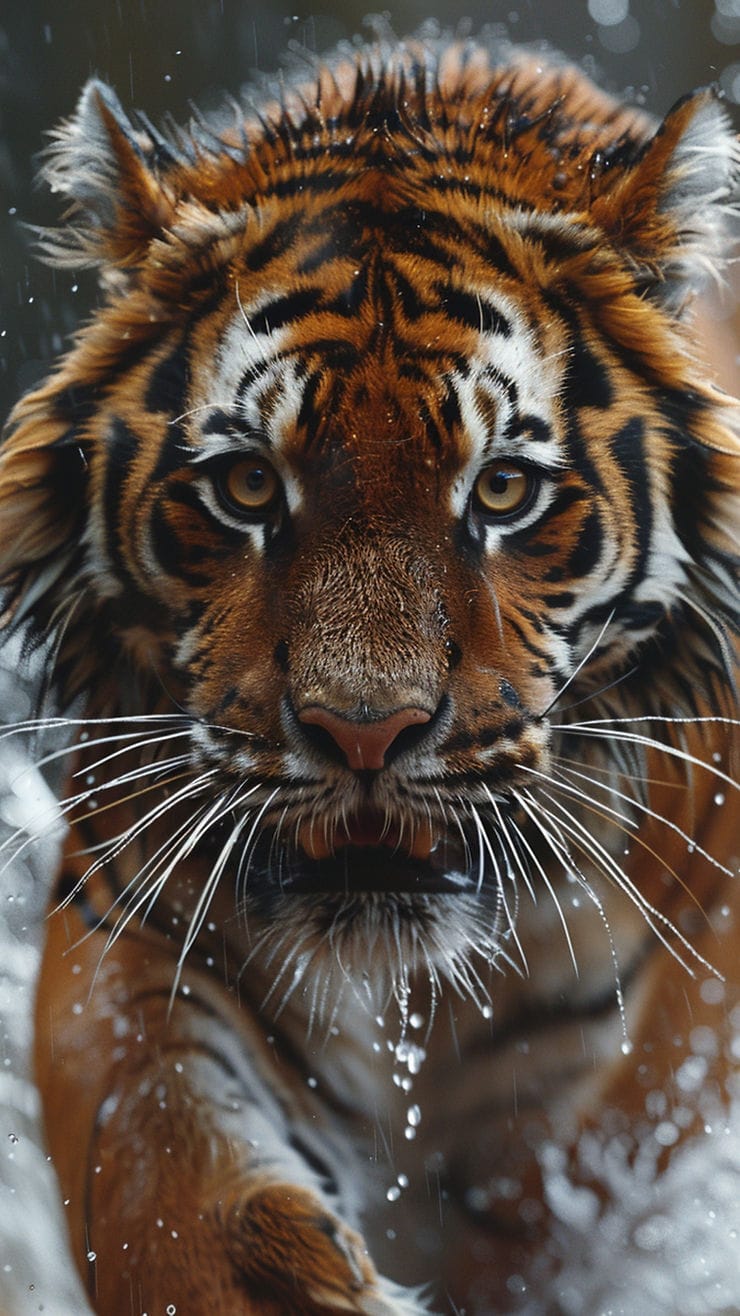
In illustrations, the tiger evokes strong emotions and diverse interpretations. In this exploration of tiger art, I will uncover the themes behind its appeal and discuss why these majestic animals continue to inspire creativity.
The Allure of the Tiger’s Beaut
Tigers are a favored subject for artists primarily due to their undeniable beauty. Tigers create a dramatic visual impact with their vibrant orange and black stripes, intense eyes, and powerful bodies. This allure often leads artists to emphasize the animal’s physical attributes.
For example, painter Henri Rousseau gained acclaim for his lush jungle scenes, often featuring tigers as central figures. His work captures not only the physical beauty of these animals but also their exotic environments. In digital art, artists leverage advanced techniques to emphasize the tiger’s unique textures and colors. A striking digital piece might show a tiger sunbathing amid vibrant flowers, utilizing rich colors that draw the viewer in and evoke emotions ranging from awe to serenity.
Symbolism of the Tiger in Various Culture
Beyond their physical beauty, tigers carry profound symbolic meaning in many cultures, making them significant in art. In Eastern traditions, tigers symbolize strength, courage, and protection. They are often depicted as powerful guardians in myths and stories.
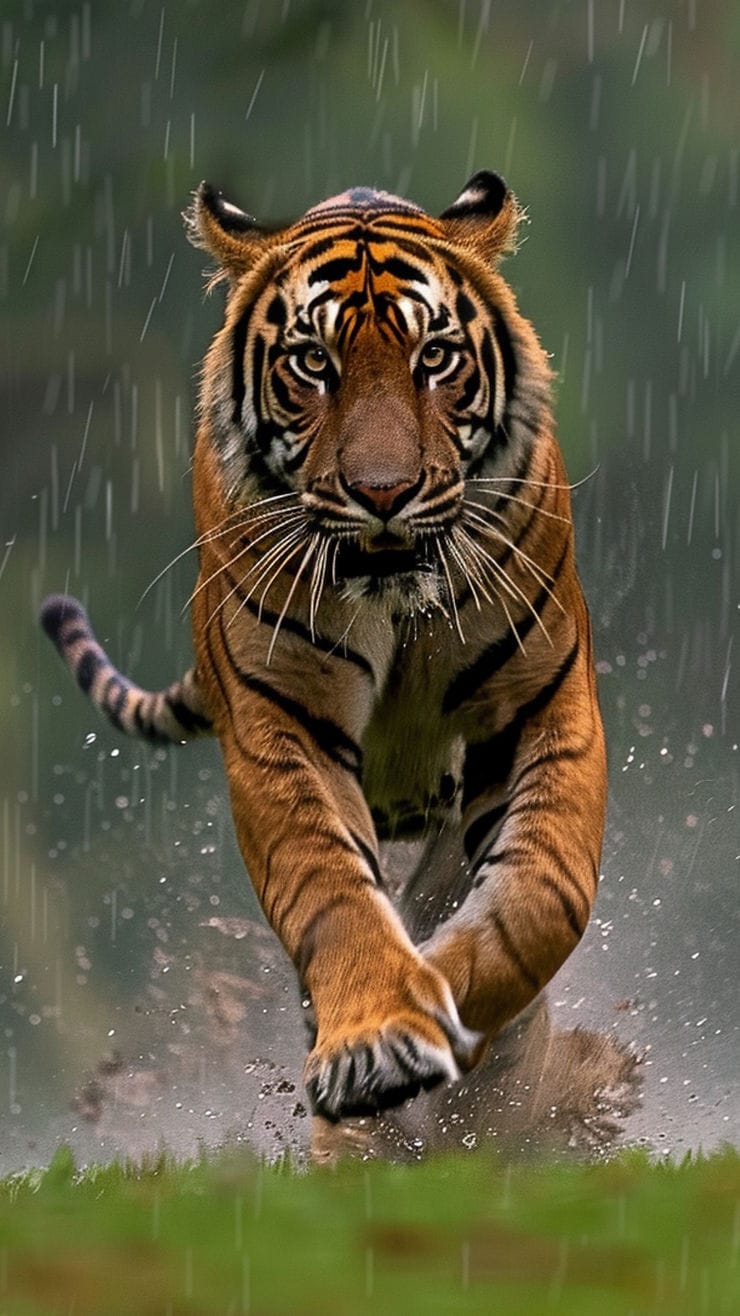
In Chinese culture, the tiger is one of the twelve zodiac animals, representing bravery and competitiveness. Artists often incorporate this symbolism in their works. For instance, traditional silk paintings may depict a tiger juxtaposed with peaceful scenery, emphasizing its dual nature of ferocity and noble spirit. A sculpture might capture a tiger in a protective stance, embodying its role as a guardian of the forest.
The tiger’s sheer power is reflected in its physical size and behavior, and artists strive to convey this majesty through dynamic representations. Renowned sculptor Charles Marion Russell created sculptures that depict tigers in motion, capturing their agility and dominance in the wild. When one gazes at a sculpture that shows a tiger mid-pounce, one can sense the energy and life emanating from the artwork.
In contemporary digital art, the portrayal of tigers can reach new heights. Artists may depict a tiger leaping through an abstract landscape, using light and shadow to give tasense of movement and energy. This approach reminds viewers of the tiger’s place in nature and the delicate balance of the ecosystem it inhabits.
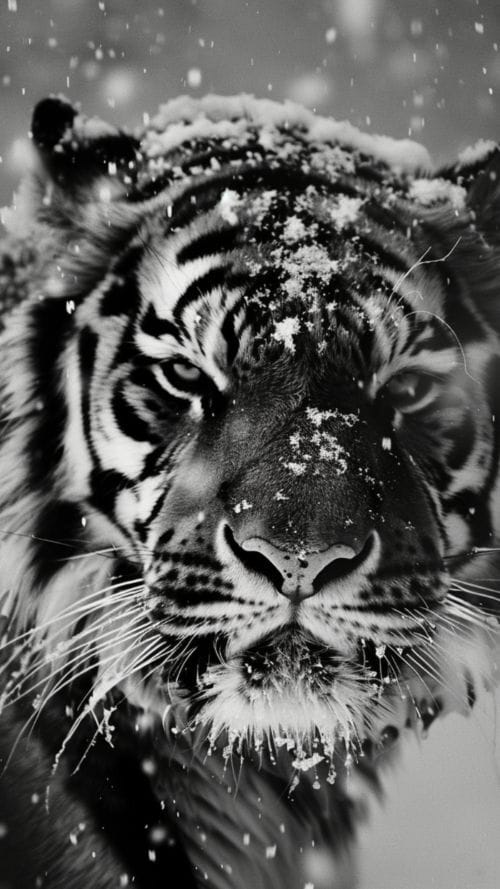
Paintings of tigers span styles and centuries, from traditional Eastern ink works to modern canvas paintings. Indian painters notable for their Pahari and Mughal styles are masters of intricate and vibrant representations. Their artworks often weave together stories from mythology, portraying tigers in lush, detailed settings.
In contrast, contemporary artists explore abstraction to communicate deeper emotions. Walton Ford, for example, creates large-scale pieces that explore themes of conservation and extinction by placing tigers in rich, complex environments. His artwork not only showcases the beauty of the tiger but also serves as a call to action, alerting viewers to the urgent need for conservation efforts.
The colors in these paintings play a crucial role. Deep oranges and warm yellows convey vitality, while dark blacks and grays introduce an air of mystery. These color choices can convey different emotional undertones, influencing how viewers connect with the piece.
Sculpture provides a chance to engage with a tiger’s form in a tactile way. Artists sculpt tigers from materials such as stone, metal, and wood. Each medium creates unique textures and finishes. For instance, a stone sculpture may embody permanence and strength, presenting the tiger as a monumental figure in nature.
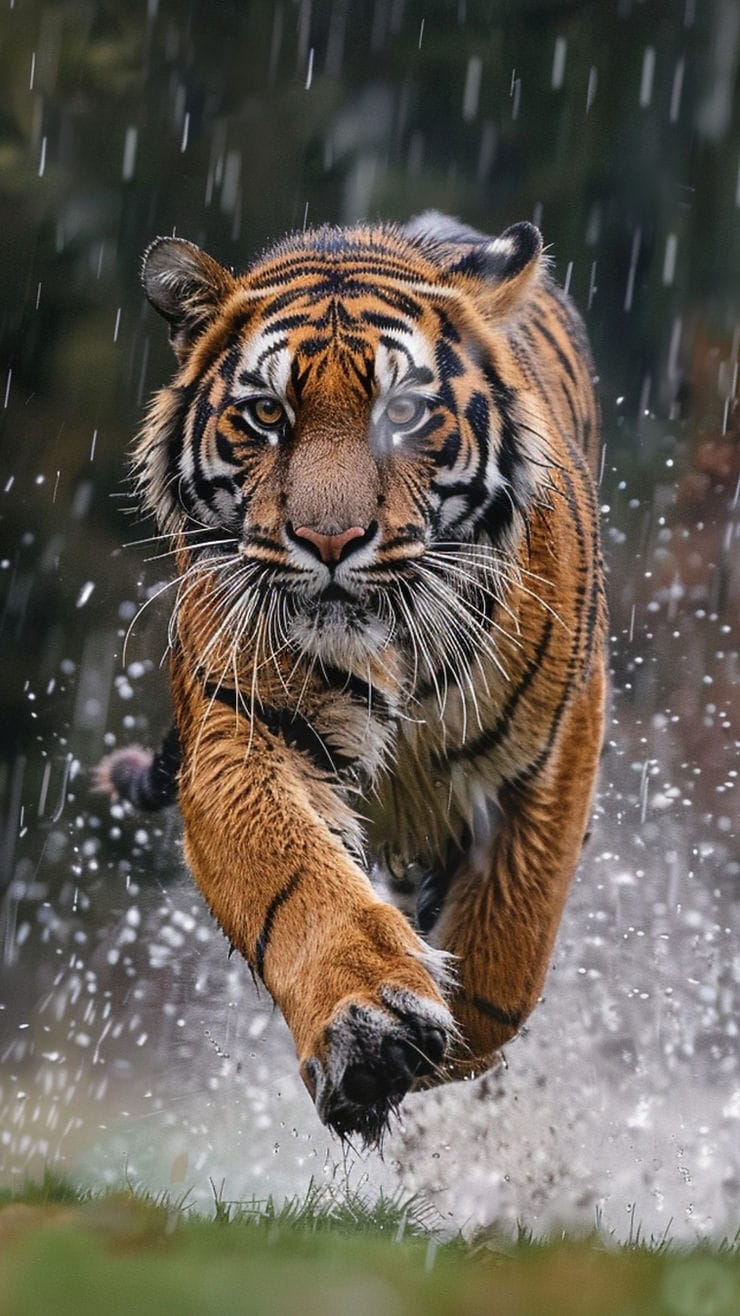
Sculptors like Henry Moore have captured the essence of animals, evoking a connection to nature through stylized forms. Meanwhile, contemporary sculptors like Kiki Smith address vital themes, including extinction, in their works featuring tigers. These sculptures prompt viewers to think about larger issues like conservation and habitat loss, highlighting both the beauty and plight of the species.
In our digitally driven world, artists utilize technology to create captivating digital illustrations of tigers. Tools like Photoshop allow for the manipulation of colors, environments, and perspectives that are not achievable in traditional media
Digital artists can position tigers in fantastical settings, such as jungles filled with geometric shapes or ethereal landscapes. This modern medium encourages innovation, broadening the appeal of tiger art to diverse audiences. The ability to share artwork online fosters an exchange of ideas, enriching discussions about animal representation and conservation.
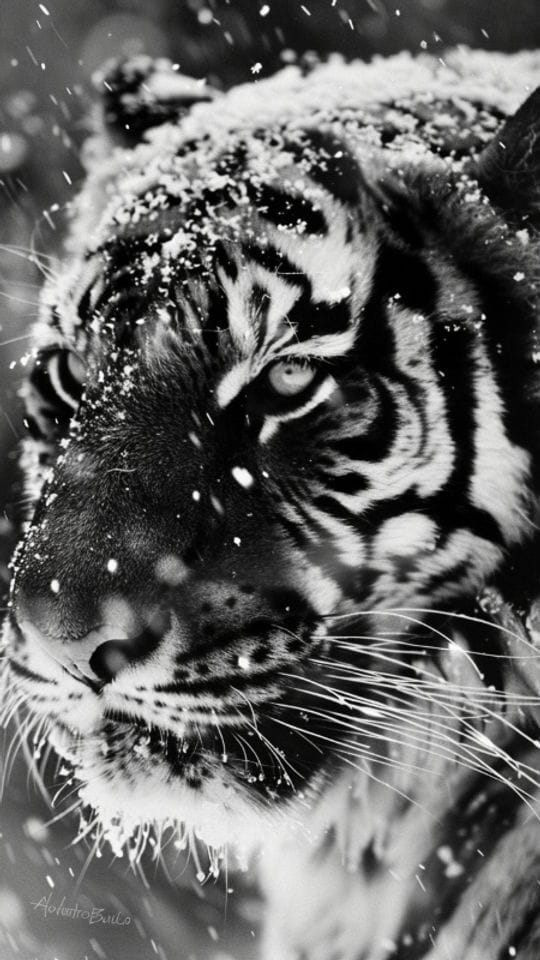
As artists continue to portray tigers, an increasing number are using their talents to raise awareness about environmental issues. Their artwork often serves as a powerful tool for activism, highlighting the urgent need for conservation
Artists like Ai Weiwei utilize the imagery of tigers to comment on habitat destruction and poaching. Their pieces provoke thoughtful discussions and inspire action from audiences. Through powerful visuals, these artists amplify the voices of endangered species, urging society to reflect on our responsibilities toward wildlife conservation.

In examining the significance of tigers in art, it becomes clear that these magnificent creatures continue to inspire artists across different media. From their striking beauty and rich symbolism to their powerful presence, tigers hold a special place in the artistic landscape.
The various expressions found in paintings, sculptures, and digital artworks reflect not just admiration but also an urgent call for conservation. As we celebrate the ongoing representation of tigers in art, we also recognize our duty to protect these creatures and their habitats
Whether you’re an artist, an art lover, or simply someone captivated by wildlife, I hope this exploration of tiger art encourages you to connect with these majestic beings. Let’s work together to ensure that tigers thrive for generations to come.
The post Why Tigers Hold a Unique Place in the World of Art: Exploring Their Beauty, Symbolism, and Wall Art appeared first on Tv Today.